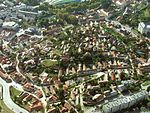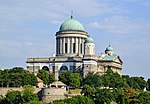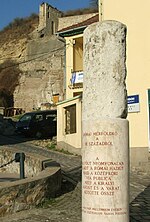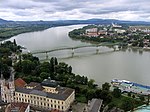Szentgyörgymező
Former municipalities of HungaryNeighbourhoods of Esztergom
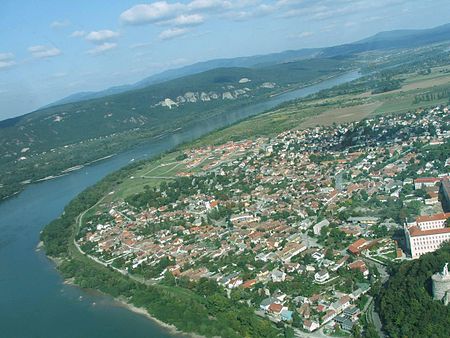
Szentgyörgymező (German: Georgenfeld, meaning: "St. George's field") is the northern part of the city of Esztergom in Hungary, on the right bank of the river Danube. It was a separate village until 1895, when it was merged with the "Royal Esztergom" as 4th district, along with neighboring Víziváros and Szenttamás. In the northern part of Szentgyörgymező lies a military cemetery, where 604 Hungarian and 175 Austrian soldiers of the 1848 revolution are buried. This is the biggest cemetery of the 1848 revolution.
Excerpt from the Wikipedia article Szentgyörgymező (License: CC BY-SA 3.0, Authors, Images).Szentgyörgymező
Barkóczy Ferenc utca, Esztergomi járás
Geographical coordinates (GPS) Address Nearby Places Show on map
Geographical coordinates (GPS)
| Latitude | Longitude |
|---|---|
| N 47.805555555556 ° | E 18.742777777778 ° |
Address
Barkóczy Ferenc utca 39
2500 Esztergomi járás, Szentgyörgymező
Hungary
Open on Google Maps


